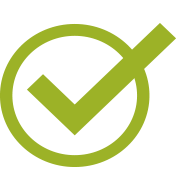Catalog Description
Hours: 90 (36 lecture, 54 laboratory)
Description: Introduction to Computer Aided Design (CAD) parametric modeling and Computer Aided Manufacturing (CAM) using CAD/CAM software. Covers practical on-the-job parametric modeling skills needed for precision machining. Students will learn skills needed to read and understand detailed drawings, create 3D CAD model files, develop a process plan for machining parts, and create CNC tool paths for manufacturing processes. (not transferable)
Course Student Learning Outcomes
Effective Term
Course Type
Contact Hours
Outside of Class Hours
Total Student Learning Hours
Course Objectives
General Education Information
- Approved College Associate Degree GE Applicability
- CSU GE Applicability (Recommended-requires CSU approval)
- Cal-GETC Applicability (Recommended - Requires External Approval)
- IGETC Applicability (Recommended-requires CSU/UC approval)


